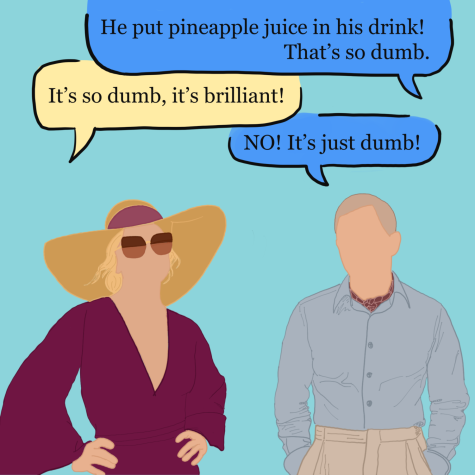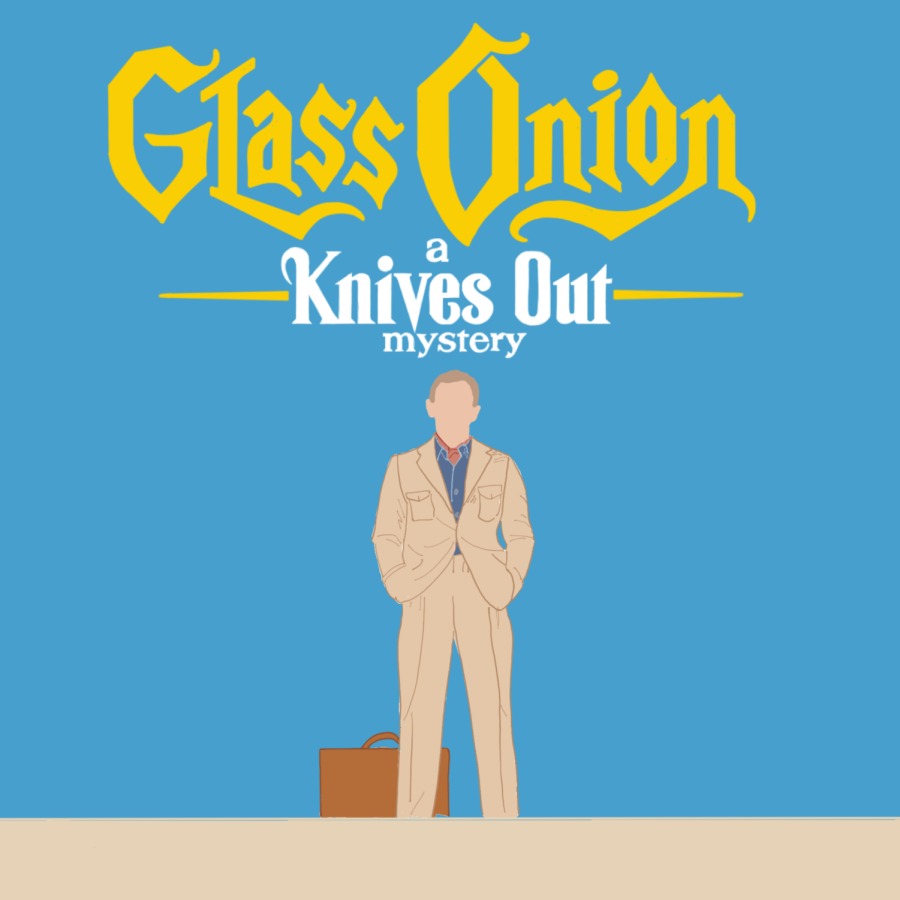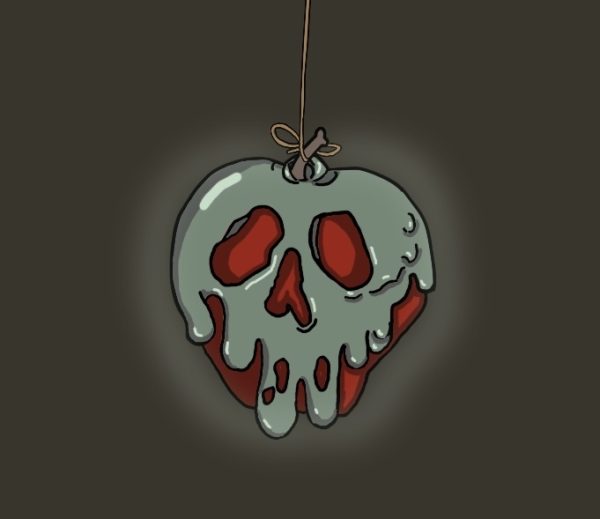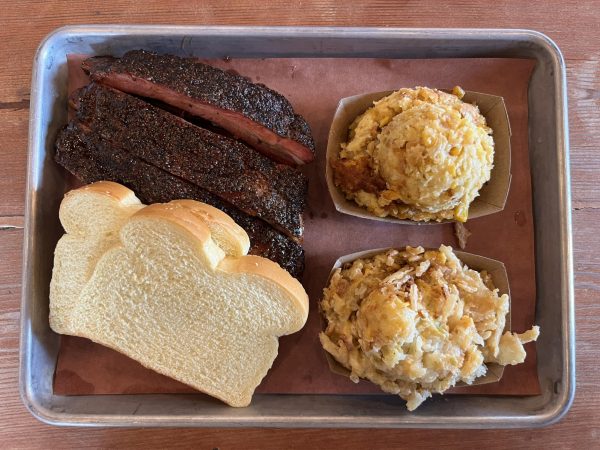The hidden genius of ‘Glass Onion: A Knives Out Mystery’
Detective Benoit Blanc makes a comeback in director Rian Johnson’s thrilling standalone sequel “A Knives Out Mystery,” set on a tech billionaire’s yacht for a murder mystery party.
With a rating of 92 percent on Rotten Tomatoes and a riveting storyline full of twists and turns, director Rian Johnson has lived up to the hype yet again with “Glass Onion: A Knives Out Mystery.”
*spoilers ahead*
“Glass Onion” is widely known as the third track on the Beatles’ “The White Album,” but it is really a hand-blown glass bottle shaped like an onion, made for holding wine and brandy. The song references the wild “Paul is dead” conspiracy theory fans created after Paul McCartney’s car crash – a theory the band mocked through the commonly used metaphor “looking through a glass onion,” or reading too deeply into something seemingly complex but in reality transparent and plainly visible.

Take Miles Bron’s house. An enormous mansion with a literal glass onion on its roof, the house is a representation of Miles himself with its intricate layers of glass but nothing stopped admirers from clearly seeing its center of transparency. Every person invited to Miles’ murder mystery party wanted so desperately for the man to be the genius he claimed to be that they ignored all the signs pointing to his being the complete antithesis.
When Miles says he wants his friends to “take a second and fully inbreathiate [the] moment together,” I know I wasn’t the only audience member to do a double take at the strange vocabulary – and again when he claims Blanc is the “predefinite detective in the world” at his party (meaning pre-eminent). As Blanc states, “Look into the clear center of this glass onion. Miles Bron is an idiot!”
From the eccentric words Miles creates on the spot to the planned murder mystery he buys – which Blanc solves in record time – Johnson reveals to us time and time again that intelligence is something easily faked by Miles. The puzzle invitations the billionaire sends out in the first five minutes of the film foreshadow a core message. On the surface, these seemingly-complex puzzles are ways for each invitee to prove themselves as worthy of not only Miles’ party but their wealth and status. From stereograms to chess endgames to tic-tac-toe, each additional problem presented and solved seems to confirm the player’s brilliance and qualify their superiority, deserving of the money and power they hold over lower classes.
But in reality, not one puzzle demands any form of true intelligence or reasoning, only requiring the shallow recognition of knowledge valued by higher education and society. The puzzle box is testing the opposite of their intellect – funnily enough, Duke’s mother is able to solve many of the games quicker and more easily than most of the other participants, showing the superficial nature of the puzzles as an illusory meritocracy. Helen doesn’t even bother solving the box, taking a hammer and smashing through its walls as a representation of the complete lack of intelligence the invitational box requires.
Apart from the puzzle box, we see numerous indications of Miles’ emphasis on the higher class. His priceless art pieces and statues placed around rooms show his need to overcompensate for his dumbness throughout the movie. Miles shows off his “high-society knowledge” in a performative way without truly understanding their value, even hanging some of the million-dollar paintings upside down.

Even after finding out each motive suspects might have for trying to murder Miles, we as the audience believe they must be ingenious masterminds with elaborate schemes. Johnson fools the audience with twist after twist, much like his inspiration Agatha Christie, revealing the faux intelligence of what we believed to be a complicated genius. He does this through the cultural smokescreen we subconsciously view people in positions of power through. We have grown used to mirages of wealth and material success being equated to genius and complexity, automatically perceiving Miles as intelligent and accepting his complicated verbiage. And that is “Glass Onion’s” message: status does not mean brilliance.
In his Vanity Fair interview for “Knives Out,” director Johnson offers an interesting tidbit: villains are contractually unable to use iPhones. But watch out, because unlike in the first movie, Johnson makes sure to have more than one character using non-Apple products in “Glass Onion.” While Ransom, the main villain, can be seen exclusively using Chrome Mail and an Android, everyone else in the family has an iPhone or Apple Watches. In the standalone sequel, Duke can be seen using a Samsung Fold phone, Claire makes use of her Samsung Flip, and Birdie uses a Galaxy – all non-villainous characters.
Your donation will support the student journalists of Bellaire High School. Your contribution will allow us to purchase equipment and cover our annual website hosting costs.











